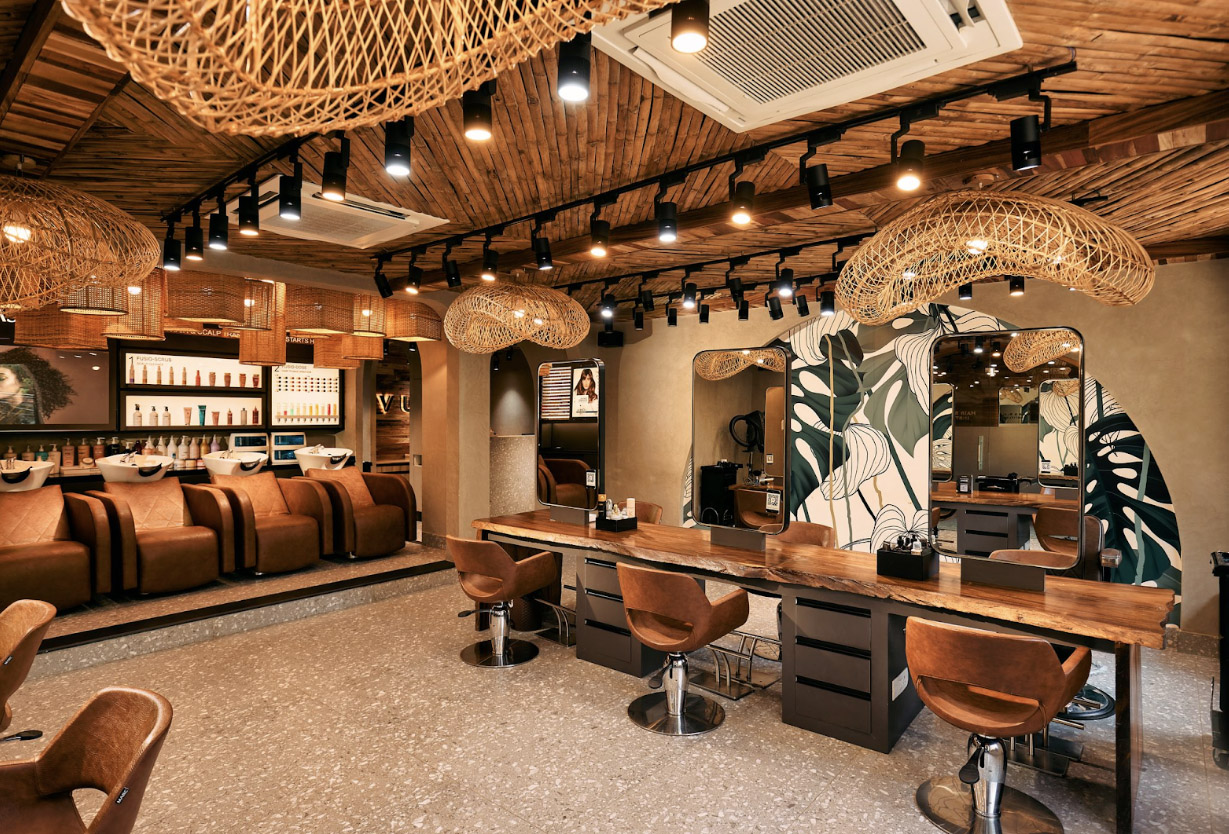
In today’s world, businesses must create a unique identity that differentiates them from their competitors. One often overlooked aspect of branding is lighting. Proper lighting can enhance the mood and ambience of a space, making it a powerful branding element that businesses can use to communicate their message.
Lighting can make or break the overall appeal of interior spaces. A well-designed lighting system can transform a dull space into a vibrant and welcoming one. But on the other hand, a poorly-designed lighting system can make even the most well-designed space feel gloomy and uninviting. Proper lighting illuminates a space and sets the mood and atmosphere. It can enhance a space to make it appear larger, highlight key features and elements, and influence people’s emotions and behaviours.
Every interior design element should reflect the brand’s values, personality, and image. Lighting is no exception. A brand experience that is cohesive and memorable is created by incorporating the brand’s colours, shapes, and style into the lighting design. For example, when designing a salon, adding lighting that is coordinated with the brand’s colour palette can do wonders for the interiors.
Choose the Right Colour Temperature
The colour temperature of lighting can significantly influence the mood and atmosphere of the interior space. For example, warm, yellowish lighting creates a cosy and intimate ambience, while cool, bluish lighting creates a modern, sleek atmosphere. Choose a colour temperature that reflects the brand’s personality and values.
Accent Lighting to Highlight Key Elements
Accent lighting can draw attention to key features and elements in the interior space. Use directional spotlights to highlight artwork, sculptures, or architectural features that reflect the brand’s style and values.
Incorporate the brand’s Colours
Integrating the brand’s colours into lighting design can help create a cohesive and memorable brand experience. For example, if the brand’s primary colour is yellow, consider using yellow lighting accents throughout the space.
Dimming Controls
Dimming controls allow adjusting the brightness of the lighting according to the needs. Use dimming controls to create different moods and atmospheres throughout the day or for other occasions. For example, dim the lighting in the restaurant during dinner service to create a more intimate and romantic atmosphere.
LED Lighting
LED lighting is energy-efficient and long-lasting, making it an excellent choice for residential and commercial applications. Additionally, LED lighting allows a wide range of lighting effects and colours, giving greater flexibility in branding and design.
Dynamic and interactive lighting
Dynamic and interactive lighting can be particularly adequate for businesses that want to create a memorable and immersive experience. For example, a fashion store might use dynamic lighting to showcase its latest collection, creating a runway-like experience for customers. Similarly, an office might use interactive lighting to allow employees to control the lighting in their workspace, creating a sense of ownership and personalization.
In conclusion, lighting is a powerful branding element that businesses can use to create a unique identity and enhance the mood and ambience of their interior spaces. By carefully selecting colour temperature, fixtures, and lighting design, brands can create a specific atmosphere that reinforces their identity. Dynamic and interactive lighting can take this one step further, creating memorable and immersive experiences that leave a lasting impression on customers or employees.
